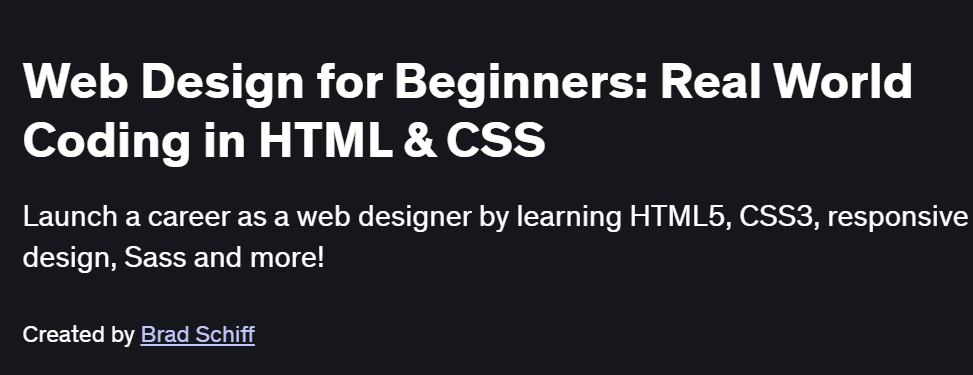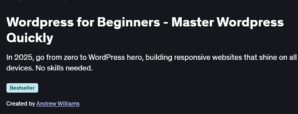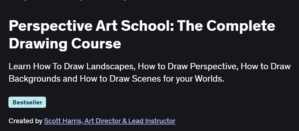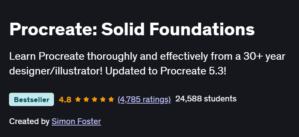What you will learn in Web Design for Beginners Course
Understand the basics of web design, HTML structure, and CSS styling.
Learn how to create and structure web pages using HTML elements and tags.
Study how to apply CSS to style text, layout, and design web elements.
Explore responsive web design techniques to create mobile-friendly websites.
Gain practical skills in coding and building a complete website project from scratch.
Program Overview
Introduction to HTML & CSS
⏳ 2-4 weeks
Learn the basics of HTML structure, elements, and how to organize content on a webpage.
Understand the purpose of CSS and how to apply it to style HTML elements.
Study the anatomy of a simple webpage, including headings, paragraphs, and links.
HTML Structure & Web Pages
⏳ 4-6 weeks
- Learn how to create and structure web pages using HTML tags and attributes.
- Study how to format text, create lists, and use hyperlinks for navigation.
- Explore how to add multimedia elements like images and videos to your webpages.
Styling with CSS
⏳ 4-6 weeks
- Understand how to use CSS to change text color, font, background, and layout.
- Study the Box Model and how to manage spacing, margins, and padding.
- Learn how to position elements using flexbox, grid systems, and float properties.
Responsive Web Design
⏳ 4-6 weeks
- Learn the principles of responsive design to make websites work on any device.
- Study media queries and how to adjust layout for different screen sizes.
- Explore how to design mobile-friendly websites with flexible grid layouts.
Building a Real-World Project
⏳ 6-8 weeks
Apply everything you’ve learned by building a complete, real-world website from scratch.
Learn how to structure the HTML and apply CSS to design a polished, functional site.
Study best practices for organizing files, naming conventions, and making your project scalable.
Get certificate
Job Outlook
Web design and development are in high demand in industries like tech, marketing, and media.
Entry-level web designers can expect salaries ranging from $45K to $65K, with experienced professionals earning $80K to $100K+.
Knowledge of HTML and CSS is a fundamental skill for any role in web development, from front-end to full-stack positions.
Specification: Web Design for Beginners: Real World Coding in HTML & CSS
|
FAQs
- No expensive software is needed; a simple text editor (like VS Code) and a browser are enough.
- The course teaches coding directly in HTML & CSS, so no complex IDE is required.
- Optional free tools may be suggested for practice.
- Drag-and-drop tools create sites visually, but limit customization.
- This course teaches coding from scratch, giving full control over design.
- Skills gained here apply to all future web projects, unlike platform-specific tools.
- Yes, this course builds a strong foundation in HTML and CSS.
- Afterward, you can smoothly transition to JavaScript, React, or Bootstrap.
- It’s designed as a stepping stone toward front-end development.
- The course covers responsive layouts using CSS and media queries.
- You’ll learn how to make designs adapt to desktops, tablets, and smartphones.
- Projects are structured with real-world mobile compatibility in mind.
- You’ll build a complete, functional website coded entirely in HTML & CSS.
- The project can be hosted online as part of your portfolio.
- Employers value these real-world coding samples over theoretical exercises.





